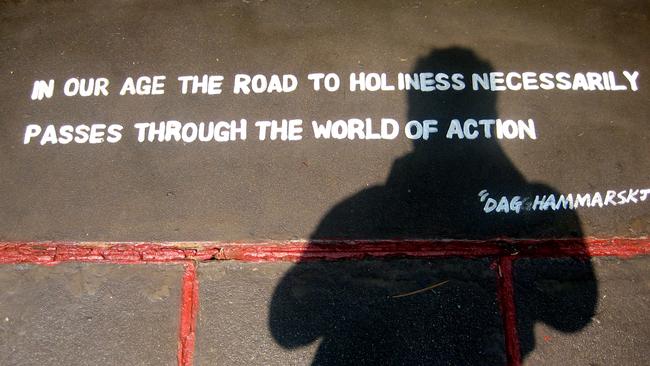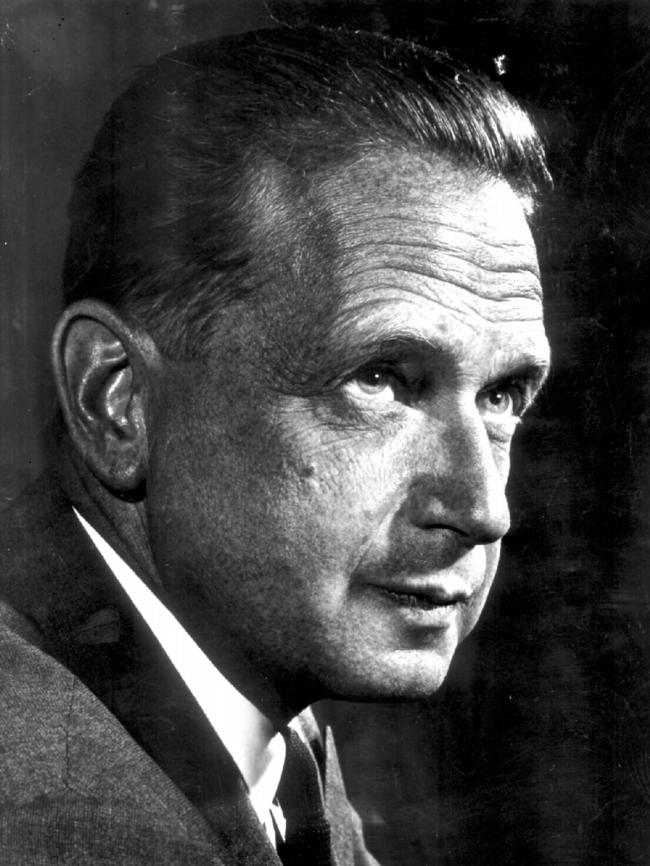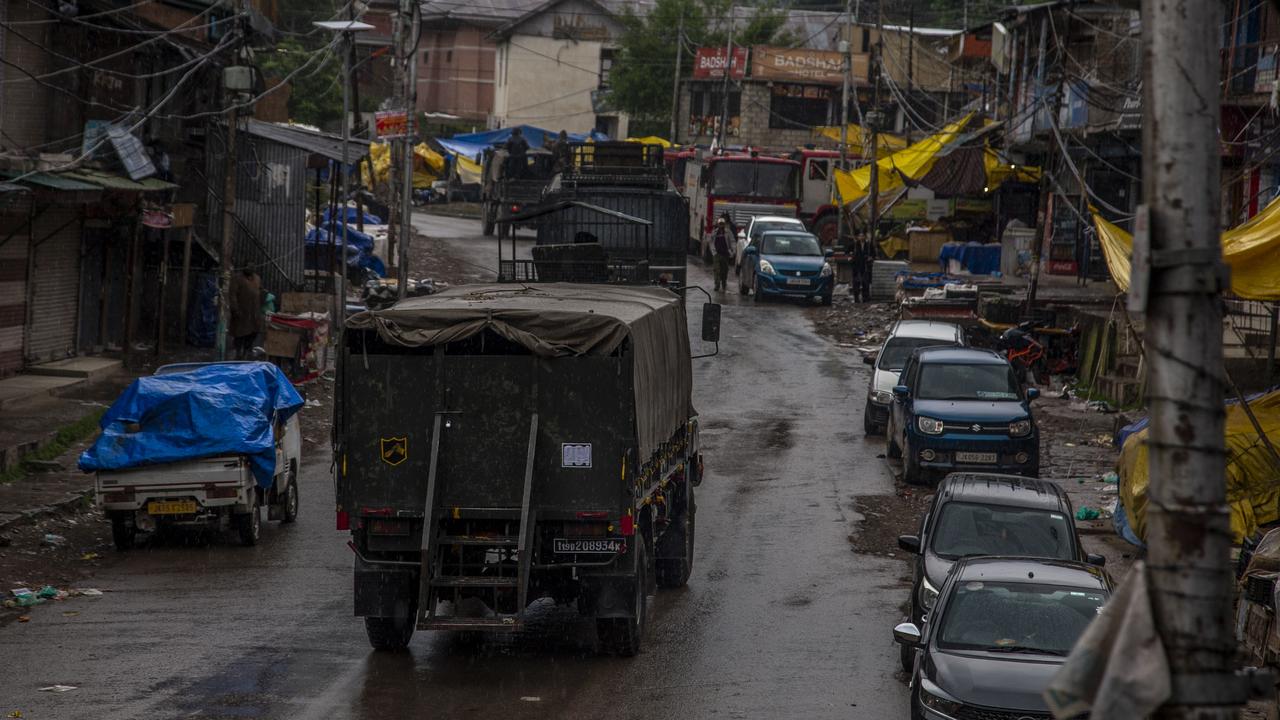Dead UN chief Dag Hammarskjold’s ace of spades riddle
The suggestion Congolese rebels and dogs of war were in cahoots with Western intelligence has lingered since Dag Hammarskjold’s death in 1961.

One of the Cold War’s murkiest mysteries has been injected with fresh intrigue after witness accounts linked white mercenaries to the plane crash that killed UN chief Dag Hammarskjold.
The suggestion that Congolese rebels and “dogs of war” were in cahoots with Western intelligence has lingered since the Swede’s death in 1961, when his chartered DC-6 Albertina fell out of the sky during an African peace mission.
Now, a progress report on the UN investigation into the incident highlights discrepancies at the crash site, a heavy mercenary presence and the failure by Britain and the US to disclose key intelligence, which have only added weight to conspiracy theories.
Hammarskjold’s unburnt body was found, with the ace of spades playing card tucked into a collar, near the wreckage and the charred remains of 14 other passengers near Ndola in what was then the British colony of Northern Rhodesia, now Zambia.
One survivor died of his injuries days later. The UN secretary-general had been due to negotiate a ceasefire in the mineral-rich breakaway republic of Katanga shortly after Congo’s independence from Belgium and at the height of the Cold War.
New information “supports the finding that foreign mercenaries, including pilots, were a significant force in and around Katanga in September 1961”, Mohamed Chande Othman, who is leading the investigation, wrote to Antonio Guterres, the present UN Secretary-General, in a recent letter.

Accounts given to Mr Othman’s team included a witness who stumbled upon the crash site and observed that the surrounding bush was on fire, but not the plane itself. In a statement, the man said he was ordered to leave by white men in combat fatigues whose commander spoke with a South African accent, according to Mr Othman’s letter, which has been seen by The Times.
The official account was that the plane was not found until 15 hours after it failed to land, Mr Othman, a former chief justice of Tanzania, said. “Numerous sources refer to unidentified persons visiting the crash site before it was officially discovered, suggesting potentially either involvement in a ground attack or an attempt to cover up or delay the discovery of the crash,” he wrote.
Hammarskjold’s mission was being closely monitored by major powers that all had an eye on Katanga’s vast mineral riches and were fearful the Soviet Union would capitalise on Congo’s independence.
Radio traffic intercepted by British and US intelligence on the night of the crash – September 17 – was cited by Mr Othman in an earlier update to Mr Guterres as key to solving the decades-old riddle. The UN investigation was ordered in 2015 after research, including the 2011 book Who Killed Hammarskjold?, turned up “persuasive evidence” that his plane had been shot down.
The biggest obstacle to getting to the truth, Mr Othman’s letter said, was the lack of information from Britain and the US.
A post-mortem examination found that the crash killed Hammarskjold and there was no sign of foul play on his body, facts confirmed by a later review.
The Foreign Office said: “The UK has fully co-operated with the Dag Hammarskjold inquiry and provided all the relevant information we hold.”
The Times



To join the conversation, please log in. Don't have an account? Register
Join the conversation, you are commenting as Logout